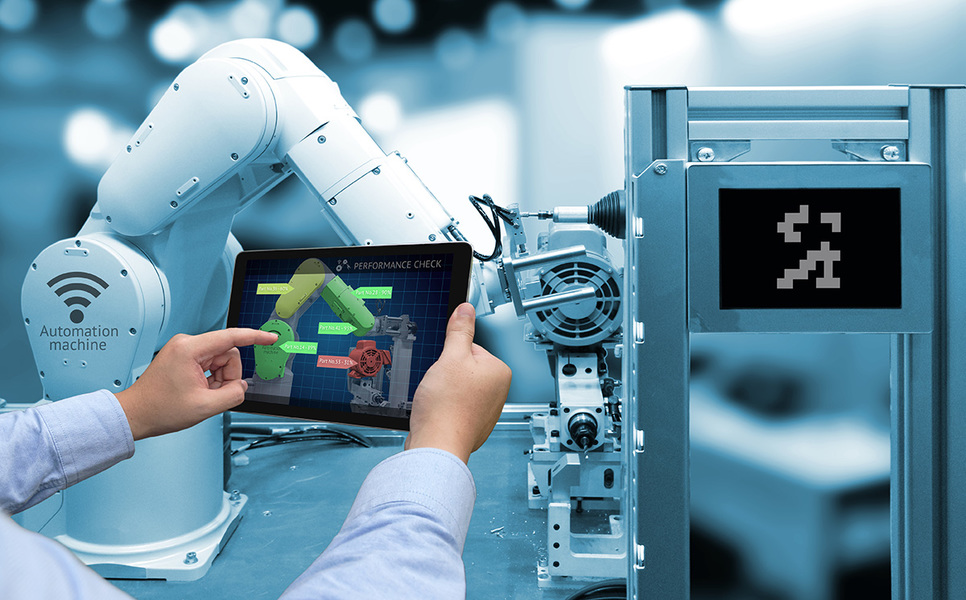
The factories of the future will be innovative, competitive, high-performance and appealing to work in.
This new way of thinking about factories of the future aims to create added value and jobs, with greater connectivity between machines, employees, service providers and the local area. Designed to meet new economic, technological and organisational challenges, this new development in the sector suggests using innovations to revolutionise industrial processes.
With industry 2.0, machines and production systems can exchange information in real time, enabling better production processes at a reduced cost with improved ecological standards.
Creating a new market dynamic, the factory of the future will re-draw the industrial landscape, acting as much as a digital platform as a production site.
This new concept aims to revitalize industry through a number of initiatives:
- Modernisation of production methods
- Increasing competitiveness
- Positioning industry to face the challenges of globalisation.
Edeis and the Factory of the Future
Working to a logical design blueprint, we analyse flexibility drivers, starting from structural elements (stable material and human resources), then organisational aspects (how these resources are deployed) and finally production management (flow regulation).
Our recommendations are formed via several areas of inquiry regarding each stage of the process, such as the flexibility of mechanical and human resources, production organisational flexibility and also flexibility of production management.
The Factory of the Future project integrates a number of new processes:
- robotic/cobotic solutions,
- additive manufacturing,
- virtualisation of the factory and smart objects,
- use of augmented reality.
Combining a competitive approach with conferral of responsibility, using a “lean manufacturing” approach and a way of thinking about the process that will enable users to reduce stocks and production times, as well as improving quality with fewer damages and lower rates of obsolescence, with greater flexibility due to process-based organisation.
